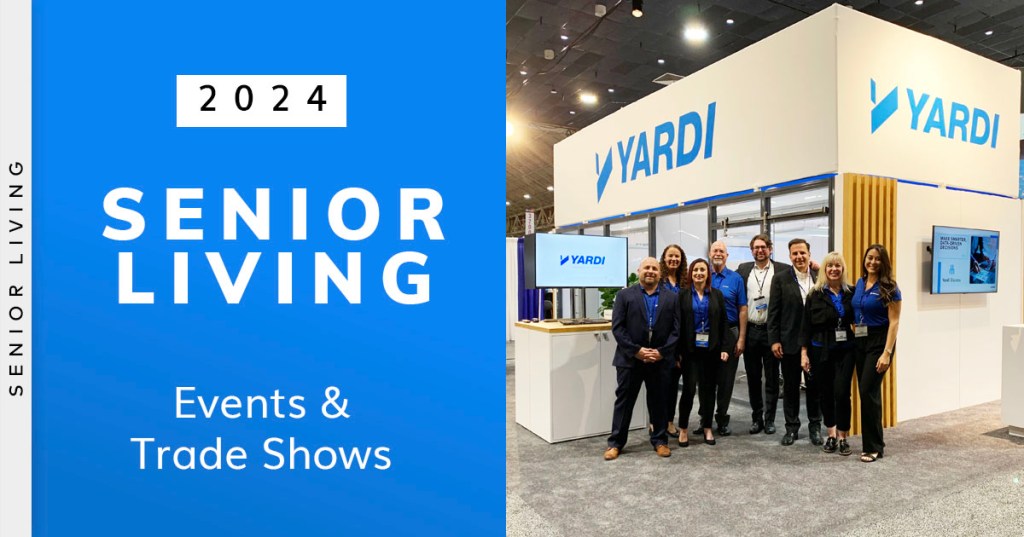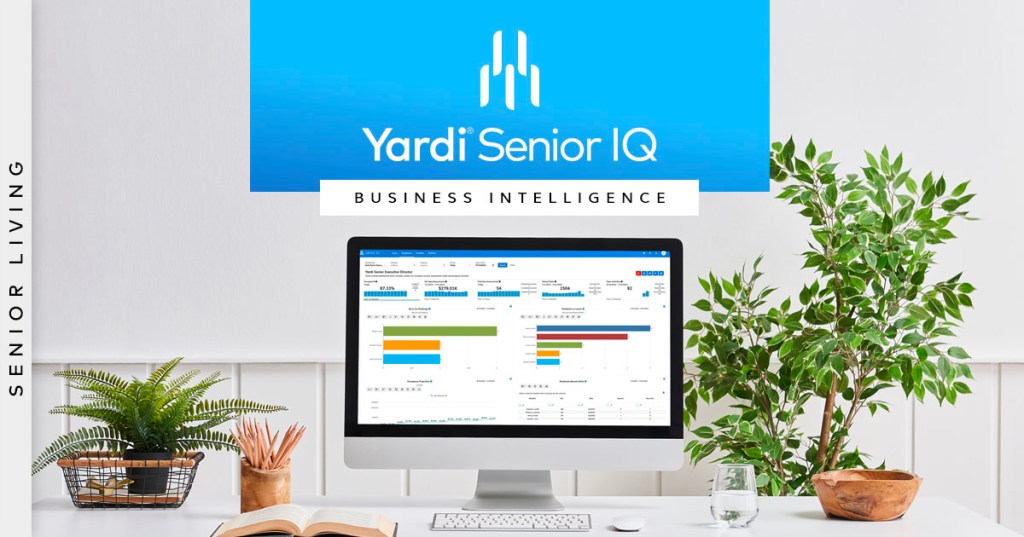Perspectives on Silo-Busting
Yardi Senior Living
According to a recent Argentum survey, today’s senior living organizations recognize the need for integrated, interoperable software. Argentum — a leading association serving companies that own, operate and support senior living communities — conducted the survey to assess where operators’ priorities lie when it comes to technology. Four key themes (including the importance of […]














